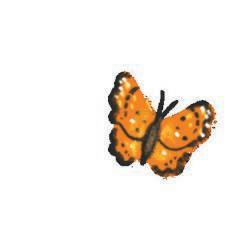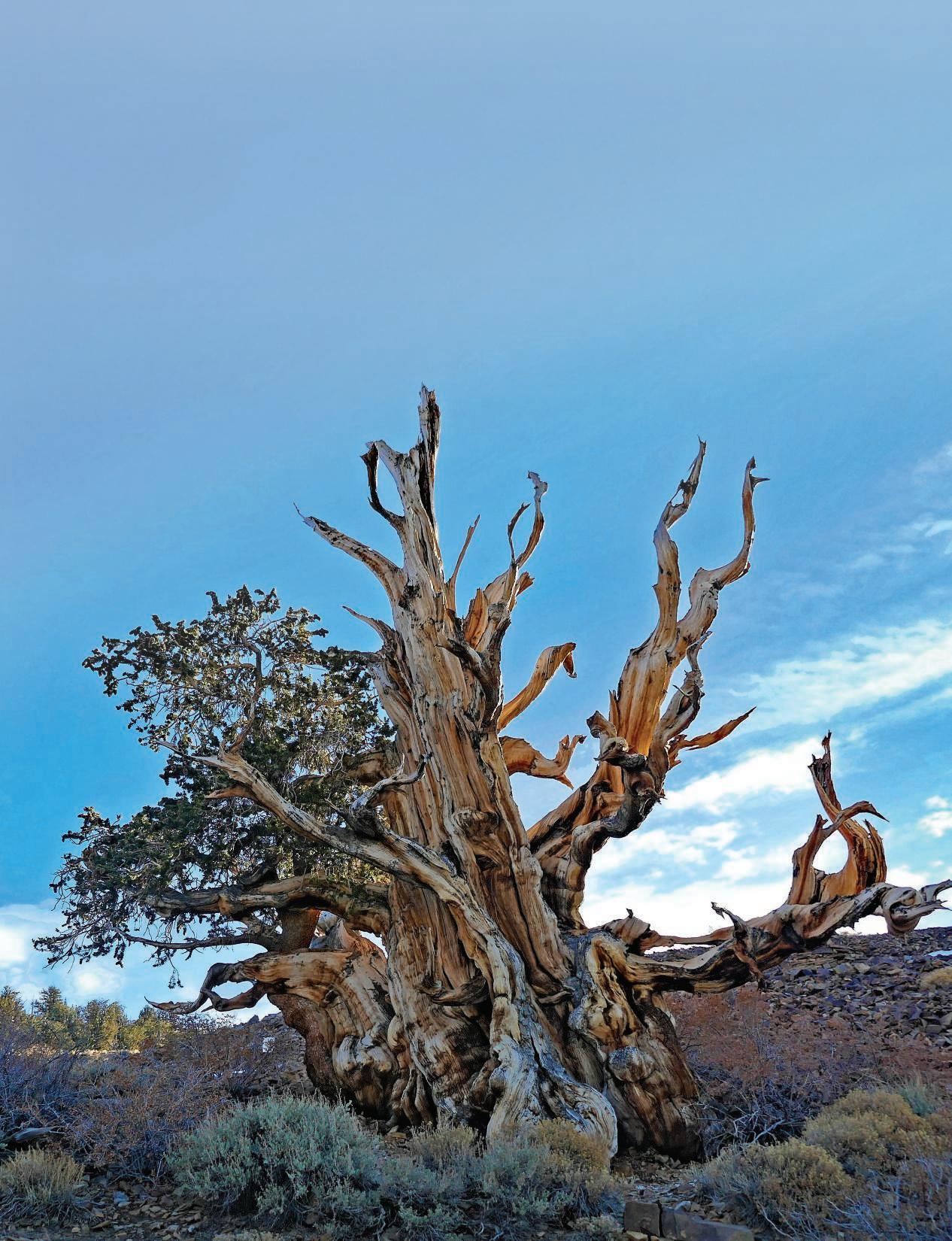SAMPLE



Book talk

•Do you think this will be a f iction or non-fiction book? Why?
•Looking at the front cover, what might the book be about?
•Do you know anything interesting about how long animals or plants live?



Words to look out for …
These words have been carefully chosen from the Oxford Vocabulary Framework to unlock learning and ensure children are building a rich vocabulary.

SAMPLE
appreciate VERB (page 31) appreciates, appreciating, appreciated
To appreciate something is to enjoy or value it.
continual ADJECTIVE (page 28) happening repeatedly
crucial ADJECTIVE (page 27) extremely important
current ADJECTIVE (page 13) happening or used now
demonstrate VERB (page 19) demonstrates, demonstrating, demonstrated
To demonstrate something is to show or prove it.
function NOUN (page 9) what someone or something does or ought to do
How Old? SAMPLE

Written by Ali Sparkes
Illustrated by Jojo Clinch

Written by Ali Sparkes
Illustrated by Jojo Clinch
Author photo courtesy of Simon Tilley
Great Clarendon Street, Oxford, OX2 6DP, United Kingdom
Oxford University Press is a department of the University of Oxford. It furthers the University’s objective of excellence in research, scholarship, and education by publishing worldwide. Oxford is a registered trade mark of Oxford University Press in the UK and in certain other countries
Text © Oxford University Press 2024
Illustrations © Jojo Clinch 2024
The moral rights of the author have been asserted
First published 2024
SAMPLE
All rights reserved. No part of this publication may be reproduced, stored in a retrieval system, or transmitted, in any form or by any means, without the prior permission in writing of Oxford University Press, or as expressly permitted by law, by licence or under terms agreed with the appropriate reprographics rights organization.
Enquiries concerning reproduction outside the scope of the above should be sent to the Rights Department, Oxford University Press, at the address above.

You must not circulate this work in any other form and you must impose this same condition on any acquirer
British Library Cataloguing in Publication Data
Data available
ISBN: 978-1-382-04080-8
10 9 8 7 6 5 4 3 2 1
The manufacturing process conforms to the environmental regulations of the country of origin.
Printed in China by Golden Cup
Acknowledgements
Series Editor: James Clements
The publisher and authors would like to thank the following for permission to use photographs and other copyright material:
Author photo: Ali Sparkes. Photos: p3: irin-k / Shutterstock; p4: bt_photo / Shutterstock; p6: Marek Mierzejewski / Shutterstock; p7: M. Dykstra / Shutterstock; p8: Oleh Liubimtsev / Shutterstock; p9: EYE OF SCIENCE / SCIENCE PHOTO LIBRARY; p10: Panoramic Images / Alamy Stock Photo; p11: Marko von der Osten / imageBROKER.com GmbH & Co. KG / Alamy Stock Photo; p12: Isabelle Kuehn / Shutterstock; p13: AFP Contributor / Contributor / Getty Images; p14: HotFlash / Shutterstock; p16: Marko Steffensen / Alamy Stock Photo; p18, 19: sasazawa / Shutterstock; p21: Arco / F. Schneider / Imagebroker / Alamy Stock Photo; p23: dlhca / Shutterstock; p24: Image Source / Stuart Westmorland / Getty Images; p24(inset): spiber.de / Shutterstock; p28, 29: Fon Duangkamon / Shutterstock.
Every effort has been made to contact copyright holders of material reproduced in this book. Any omissions will be rectified in subsequent printings if notice is given to the publisher.


How old are you?
Eight?
Twenty eight?
Eighty?
It probably seems like you’ve been here forever.

SAMPLE
But perhaps a housefly feels the same way, and they only live for a few weeks.
What’s the shortest – and the longest – lifespan on Earth?
Guess!

Let’s turn these pages to find out.
Meet the mayfly – today!
You won’t get another chance tomorrow.

This tiny being lives as a fly for about a day. It has no time to eat. So it has no mouth. There’s no snacking going on. It just flies, makes eggs and dies.
SAMPLE

But perhaps, to a mayfly, an hour feels like a year .
SAMPLE
1 average human lifespan (around 75 years) is the same as 27 394 mayfly lifespans! = x 27 394

Compared to a mayfly, the small copper is around for a while –fourteen times longer. This butterfly flutters by for two weeks. = × 3913
= × 100

But some monarch butterflies are on the wing for eight months: seventeen times longer than a small copper!
SAMPLE
If your friend lived seventeen times longer than you, they’d live to be 1275 years old.
It might seem that tiny creatures, like flies, have the shortest lives.

But not all of them.
Tardigrades are so small they could fit on a pin head.


They live in the wet, but in long dry spells they have a clever function. To survive, they dry up and go to sleep – for
No wonder they look happy.
a dried up tardigrade




Tardigrades are also known as water bears. Can you see why? decades!

Scaly skinned reptiles look like they’ve lived for ages. But the Labord’s chameleon only sees one summer. = × 180

SAMPLE
These tiny lizards live for just five months after they hatch, during Madagascar’s rainy season.
SAMPLE

Labord’s chameleon eggs can take nine months to hatch!
Other reptiles are famous for growing old.
A green sea turtle can live to 75.

× 1
SAMPLE
But that’s nothing compared to the giant tortoise. This is Jonathan, who lives in the Seychelles.

SAMPLE
In 2023, as this book is being written, his current age is 191. He’s the world’s oldest living land animal – that we know of! = × 2.5
Want to find really old animals?

Let’s take a dive!
Red sea urchins live in seas off North America. You might spot bowhead whales in the same seas.
LONGEST LIVING MAMMAL

SAMPLE
Both species can live for over 200 years. The bowhead is the world’s longest living mammal. = × 2.5
The Greenland shark is Earth’s oldest living fish. It can be found swimming in icy northern oceans.

Scientists know they can live to 272, and estimate that some might live twice as long! = × 3.5

And, in rivers and streams, freshwater mussels aren’t just famous for making beautiful pearls – one mussel has been found that might be 280 years old! = × 3.5 But that’s NOTHING compared to some sea life …
Freshwater mussels are an endangered species.
Meet the world’s most AMAZING clam!

No need to hurry. The ocean quahog (say: ko-hog) isn’t going anywhere any time soon.
These shellfish live in the North Atlantic Ocean. Scientists demonstrated that one quahog lived to over 500! That’s five centuries!

SAMPLE
But the oldest in the ocean? Flip the page …
This is where it gets
WEIRD.

SAMPLE
Coral may look like rock, but it’s like a living city!
It’s created by thousands of tiny creatures that look a bit like jellyfish, all connected as one.

Some black corals near Hawaii may be over 4250 years old!
Let’s climb out of the water and up a living tree!
SAMPLE
Plant an acorn today and leave it to grow.

It’s possible your great great great great great great great great great great great great great great great great great great great great great grandchildren could sit under the same oak tree in 1000 years.

Back in the present, experts believe that the oldest tree trunk still growing is a bristlecone pine in North America. It’s over 5000 years old! The tree’s exact whereabouts is kept a secret.
Shhhh...!
A tree’s age can be worked out by counting the rings in its trunk. = × 67
Could it be this one?


Is there a sponge in your bathroom?
By the kitchen sink?
It’s probably not a natural one.
Natural sponges are actually sea animals.
Sponge reefs or colonies are made of many connected sponges.
SAMPLE



One glass sponge reef in the deep ocean is thought to be 6000–9000 years old!
Glass sponge reefs are just babies compared to seagrass. Seagrass meadows grow across the ocean floor.

Seagrass spreads by cloning itself – so a whole meadow is actually a single living plant.
SAMPLE
OLDEST GRASS EVER!
One 15 kilometre long meadow might be 200 000 years old! Surely that’s the oldest living thing on Earth.
Or is it?

Protecting seagrass is crucial. It absorbs and locks away parts of a gas that makes climate change worse.
What is the oldest living thing on Earth ever?
It’s called the immortal jellyfish. It lives in a continual cycle of being young and then old and then young and then old and …

SAMPLE


So, you might think being 80 is quite old –and that a mayfly’s life is so short it’s like the blink of an eye.

SAMPLE
But the immortal jellyfish would think human life is like a blink.

So, whether you’re a mayfly, a human, a clam or a sponge – appreciate the lifespan you’ve got!
SAMPLE


Glossary
average: usual, medium or most common
climate change: change in weather and temperature over a long period of time, which is made worse by pollution
cloning: when something is copied exactly colonies: groups of living things that grow or move together
endangered species: type of animal or plant that is at risk of dying out
fish: types of animals that live in water, have a spine, have cold blood and breathe underwater using gills; most lay eggs
immortal: unable to die
infinity: a time or space without any end lifespan: length of time spent alive
mammal: types of animals that feed their babies with milk, have a spine, have warm blood and breathe air using lungs
reptiles: types of animals that have scales on their skin, have a spine, have cold blood and breathe air using lungs; most lay eggs
Index butterflies .........................6-7
chameleons .....................10–11
coral ...................................20–21
jellyfish...............................28–29
mayflies.............................4–5
mussels.............................17
quahogs ............................18–19
sea grass .........................26–27

sea urchins .......................14–15
sharks ................................16
sponges ............................24–25
tardigrades ......................8–9
tortoises ...........................13
trees ..................................22–23
turtles ................................12
whales ...............................14–15
Book talk
• What was the most interesting thing you learned from the book?
• Can you think of anyone you could recommend this book to? Why might they like it?
• If you could see one animal from the book in real life, which one would you choose? Why?

About the author

Ali Sparkes is a lot older than a mayfly and very much younger than Jonathan the giant tortoise. She has written more than 50 books for young readers and lives in Hampshire, England, with a husband (older than her) and a labradoodle (younger than her). She thinks the grass in the back garden might be older than all of them.

SAMPLE


web www.oxfordprimary.com
email primary.enquiries@oup.com tel +44 (0)1536 452610
